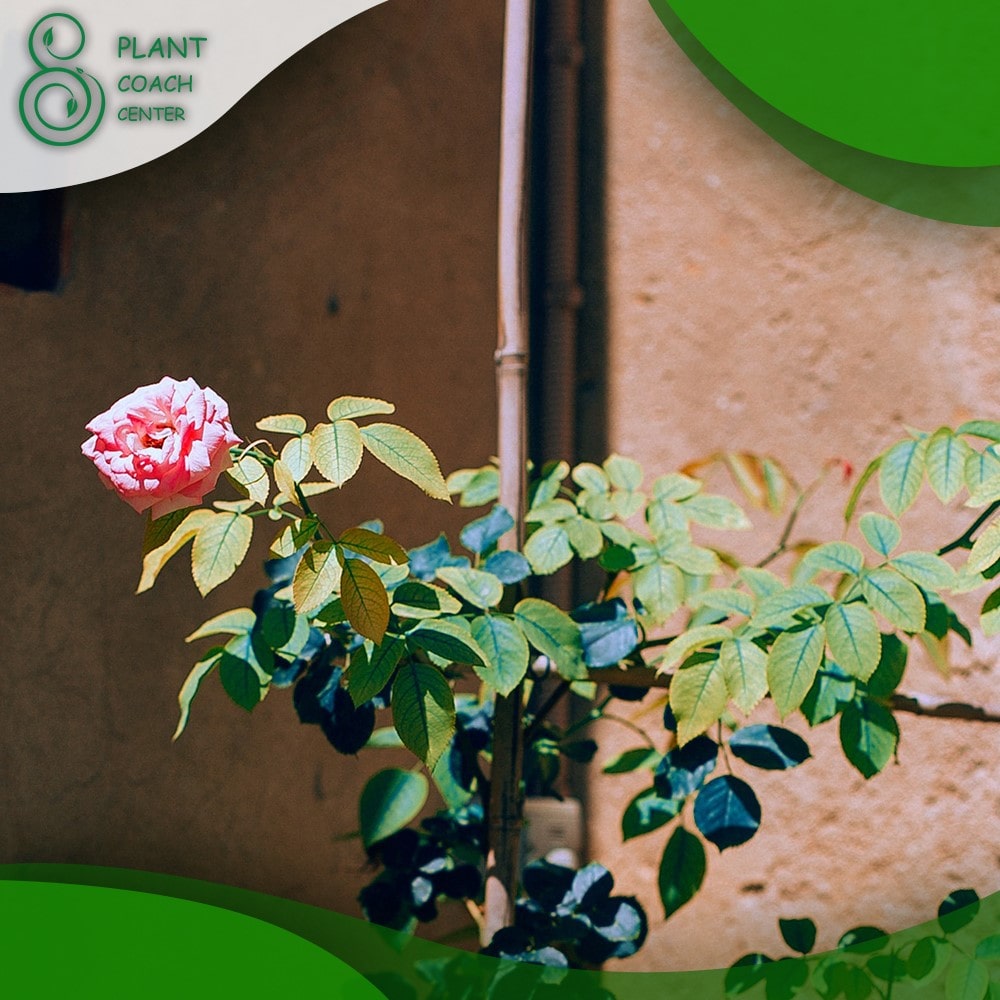When to Cut Down Rose Bushes?
Welcome to the world of roses, where the delicate balance between nature’s elegance and human cultivation intertwines. Roses have long captivated garden enthusiasts and novices alike with their enchanting hues and intoxicating fragrances. Amidst the symphony of colors and scents, a pivotal question arises: “When to cut down rose bushes?” The answer to this query is more than just a matter of timing; it’s an art that blends science, intuition and a touch of horticultural finesse.
As we delve into the intricacies of rose pruning, we unlock the secrets of nurturing these botanical treasures to their fullest potential. Join us on a journey through the seasons, where we’ll uncover the whispers of the rose bushes themselves, decoding their signals and revealing the opportune moments for the decisive snip. Whether you’re a seasoned gardener or a budding enthusiast, this exploration into timing will empower you to orchestrate a symphony of growth, blossoms, and flourishing vitality in your rose garden.
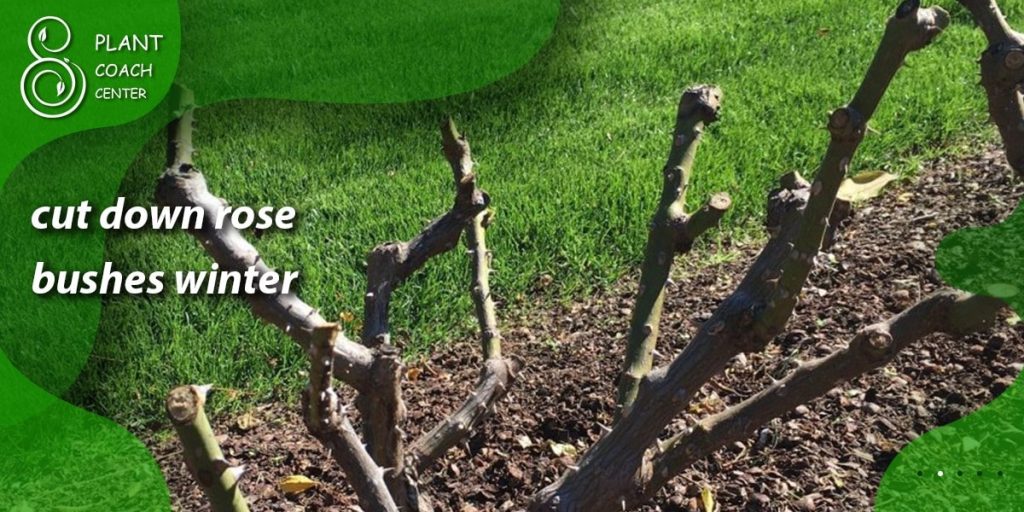
Seasonal Timing for Pruning
In the rhythmic dance of nature, timing plays a crucial role in coaxing the most vibrant displays from your rose bushes. Pruning is a harmonious blend of understanding the plant’s natural cycles and harnessing the power of seasonal transitions.
Spring Awakening
As winter’s chill gives way to the first signs of spring, rose bushes begin their journey of renewal. Early spring, just before new growth emerges, is an ideal time for light pruning. Remove dead or damaged wood to pave the way for fresh shoots and to enhance air circulation, reducing the risk of fungal diseases. This initial grooming sets the stage for a splendid blooming season.
Summer Trimming
With the sun’s warm embrace, the garden becomes a canvas of color. A light deadheading is in order in early summer after the first wave of blooms. Snipping spent flowers’ bodies up the appearance encourages the plant to redirect its energy into producing more colors. However, refrain from heavy pruning during this time, as it may hinder the plant’s ability to store energy for the next cycle.
Fall Preparations
As summer’s heat wanes and the days grow shorter, rose bushes gear up for their dormant phase. Late summer to early fall marks the season for more substantial pruning. Shape the bushes, removing weak or crossing branches to prevent winter damage. Leave some of the healthy growth slightly taller to safeguard against potential frostbite.
Winter Slumber
While roses rest under a blanket of snow, resist the urge to prune. Winter pruning can stimulate new growth that’s vulnerable to frost damage. Instead, save significant pruning for early spring, just as the first buds form.
Reading the Signs
In the intricate language of plants, rose bushes communicate their needs through a series of subtle signals. Learning to interpret these signs is akin to deciphering a garden’s secret code, guiding you toward the opportune moment to trim and sculpt your roses.
Budding Clues
Keep a watchful eye on your rose bushes as they transition from winter dormancy to spring awakening. The emergence of new buds indicates that the plant is ready to burst forth with new growth. Once you spot these nascent buds, it’s a green light for gentle pruning to remove any dead or damaged wood that might impede their progress.
Floral Fading
As the enchanting blooms of your roses start to fade, it’s not just a wistful farewell to their beauty. It’s also a strategic cue to wield your pruning shears. Removing spent flowers through a process known as deadheading improves the aesthetic and encourages the plant to allocate energy toward producing fresh blossoms. This simple act translates the language of petals into a symphony of continuous blooming.
Leaves of Truth
The leaves of a rose bush can whisper tales of its health and vigor. Look for leaves that display discoloration, yellowing, or unusual spotting. These signs might indicate the presence of pests, diseases, or nutritional deficiencies. Address these issues promptly before reaching for your pruning tools, as a healthy foundation ensures that the plant can fully utilize the benefits of pruning.
Late-Season Stand
As autumn approaches and your roses prepare for winter slumber, their stance holds a story. If you notice barely long or weak branches ending under the weight of remaining foliage, it’s an invitation to tidy up. Prune back these wayward branches to prevent snow accumulation and potential breakage during winter storms.
New Year’s Vigor
As winter relinquishes its grip, closely observe the rose bushes for the emergence of new growth. This signifies the plant’s vitality and awakening and marks an ideal time for rejuvenation pruning. Assess the plant’s overall structure and remove old, woody canes that might hinder healthy new growth.
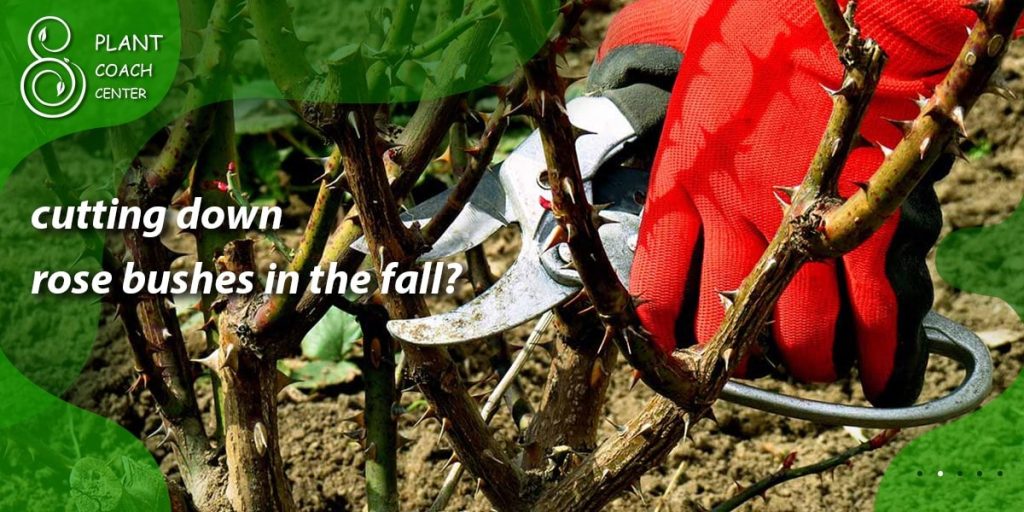
Winter Wonders
While winter might seem like a time of rest for both gardeners and their rose bushes, it holds a unique magic that shapes the forthcoming bloom. Embracing the cold season as an opportunity for strategic pruning can set the stage for a resplendent spring spectacle.
Pruning Essentials
Winter pruning takes on a different form as the deciduous beauty of your rose bushes fades into a skeletal silhouette. Focus on the three D’s: Dead, Diseased, and Damaged. These branches should be your primary targets during winter pruning. WiIdentifying removing these unwanted elements becomes much more accessible.
without the distraction of foliage shape and Structure
In Winterrants, you have an unobstructed view of your rose bushes’ architecture. Without vibrant blossoms, this is the time to assess the overall structure. Are there canes that have become overcrowded or intertwined? Prune back any crossing branches or those growing towards the bush’s center. Promoting proper airflow reduces the risk of fungal diseases that thrive in damp conditions.
Renewal Rituals
Winter pruning isn’t just about tidying up; it’s also an opportunity for rejuvenation. Old, unproductive canes can be selectively pruned down to stimulate new growth. This process encourages the plant to put its energy into fresh, vigorous canes, resulting in robust spring growth and a profusion of blooms.
Protection Against the Chill
While you wield your pruning shears, remember to leave some healthy, slightly taller canes. These act as natural protectors against winter’s bite. When snow blankets the landscape, these taller canes shield the lower, more delicate growth from potential frost damage.
Mindful Moderation
While winter pruning offers numerous benefits, it’s important to exercise moderation. Overzealous pruning can leave rosebushes vulnerable to extreme cold and frost damage. Aim for a balanced approach, focusing on maintenance and rejuvenation rather than dramatic restructuring.
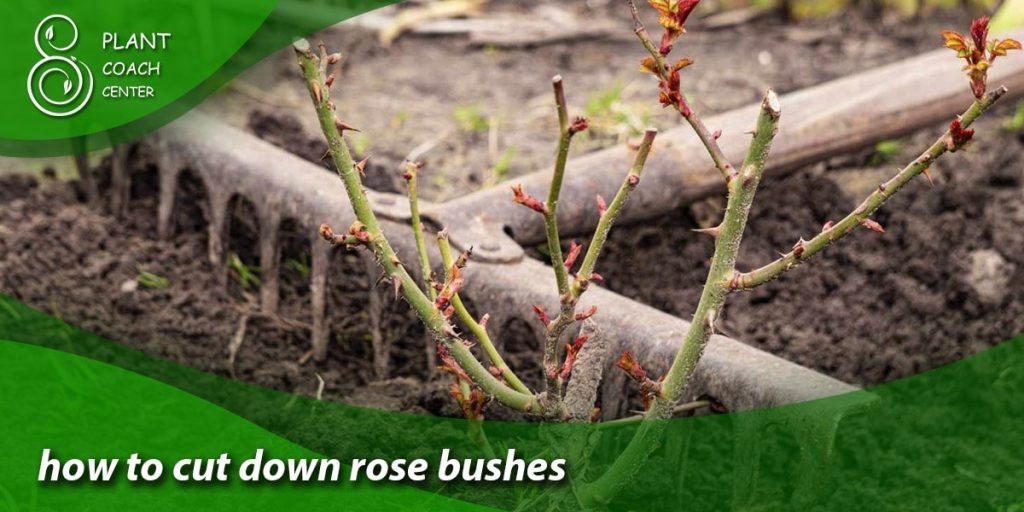
Post-Bloom Precision
As the final petals of your rose blossoms drift away on the breeze, a new phase in your gardening journey begins—one that requires a delicate touch and an eye for detail. Post-bloom pruning isn’t just about tidying up; it’s about nurturing the potential for future blooms and maintaining the overall health of your rose bushes.
Trimming for Renewal
The end of the blooming season marks the ideal time to indulge in a bit of grooming. Look for faded flowers that have lost their vibrancy. Carefully prune these spent blooms just above the first set of healthy leaves. This precision keeps your rose bushes looking tidy and directs the plant’s energy away from producing seeds and generating fresh buds.
Boosting Repeat Blooms
Rose bushes are marvelously resilient and can offer multiple waves of blooms throughout the growing season. To encourage this phenomenon, embrace a light pruning technique called “pinching.” This involves snipping off the top one-fourth to one-third of new growth after the initial blooming period. This process encourages the plant to branch out and produce more flower-bearing stems, leading to a prolonged display of color.
Strategic Removal
While post-bloom pruning is essential, exercise caution when removing healthy foliage. Leaves are the plant’s energy factories, producing the nutrients required for growth and flowering. Removing too many leaves can deprive the plant of vitality, diminishing its ability to bloom prolifically. Focus on removing spent flowers and only trim back foliage that’s genuinely overcrowded or blocking airflow.
Patience Rewarded
After the post-bloom pruning, resist the urge to go overboard. Allow your rose bushes some time to recover and regroup. In a few weeks, you’ll likely witness a flush of new growth and the emergence of fresh buds. This patience is handsomely rewarded as you revel in the resurgence of vibrant colors.
Embracing the Art
Post-bloom precision pruning is an exercise in sculpting beauty and encouraging resilience. By masterfully tending to your rose bushes during this phase, you’re nurturing a harmonious relationship between your gardening efforts and the inherent grace of nature.
Preventing Pests and Diseases
In the delicate balance of your rose garden, the health of your plants can be challenged by unwelcome guests and insidious diseases. Pruning becomes a potent weapon in your arsenal for shaping your roses’ aesthetics and safeguarding their well-being from potential harm.
Clearing Breeding Grounds
Pests and diseases often find refuge in cluttered and overcrowded areas. By practicing strategic pruning, you create an environment less conducive to their proliferation. Start by removing dead or diseased wood, which can serve as breeding grounds for harmful organisms. Additionally, thin out the center of the plant to improve air circulation, reducing the humidity that pests and diseases thrive in.
Vigilant Inspection
Every time you approach your rose bushes for a pruning session, take a moment to thoroughly inspect the foliage. Look for signs of pest activity, such as holes, discolored leaves, or sticky residue. Detecting problems early allows you to take prompt action before infestations become severe. Removing affected leaves or branches can significantly curtail the spread of pests and diseases.
Disposal Discipline
As you prune away damaged or infected plant material, ensure proper disposal. Burn or discard these clippings rather than composting them. This prevents the potential re-infestation of your garden through contaminated compost.
Sterilizing Tools
If pruning tools are not adequately cleaned and sterilized, they inadvertently transmit diseases from one plant to another. Before moving on to the next bush, wipe down your devices with diluted bleach or rubbing alcohol to minimize the risk of spreading pathogens.
Timing Matters
Timing your pruning efforts can also impact your plants’ resilience against pests and diseases. Avoid pruning during periods of high pest activity, as open wounds can make plants more vulnerable. Opt for early morning or late afternoon hours when pests are less active.
Nurturing Resilience
Pruning isn’t just about defense; it’s also about nurturing your roses’ inherent resilience. A well-pruned plant is better equipped to channel its energy into growth and defense mechanisms, making it less susceptible to the stresses that pests and diseases impose.
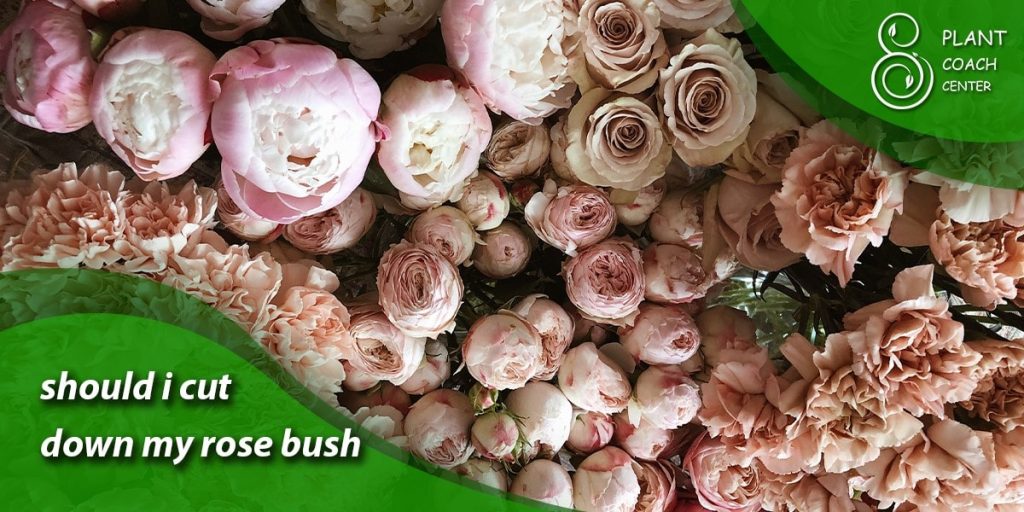
Renovation Pruning
In the grand tapestry of gardening, there comes a time when even the most cherished rose bushes might need a fresh start. Renovation pruning, a bold and transformative technique, can breathe new life into aging or neglected plants, offering a second chance at vibrant blooms and robust growth.
The Art of Revival
Renovation pruning is like hitting the reset button for your rose bushes. It involves a more drastic approach, removing a significant portion of the plant’s growth to stimulate vigorous new shoots. This technique benefits older plants that have become woody, overgrown or have stopped producing ample blooms.
Timing and Caution
Renovation pruning is best undertaken during the dormant season, typically in late winter or early spring, before new growth begins. However, exercise caution: it’s not a one-size-fits-all solution. Assess the health of the plant and the severity of its decline before committing to such a transformative pruning session.
Strategic Selection
Begin by identifying the oldest, thickest canes that are no longer productive. These are the candidates for removal. Aim to retain a few solid and healthy canes closer to the plant’s base. These will serve as the foundation for the rejuvenation process.
Progressive Approach
Renovation pruning is often performed gradually over a few years to avoid shocking the plant. Each year, remove a portion of the oldest canes until the plant’s structure has been completely renewed. This staggered approach allows the plant to adjust to the changes and directs its energy towards generating fresh growth.
A Fertile Start
After renovation pruning, give your rose bush the best chance to thrive by amending the soil with compost or well-balanced fertilizer. This provides the necessary nutrients to support the growth of new shoots and abundant blooms.
Patience Rewarded
The rewards of renovation pruning are remarkable, but they require patience. In the first year, you may witness fewer blooms as the plant redirects its energy towards establishing new growth. However, as the new shoots mature, you’ll be treated to a revitalized rose bush with improved form and health and an impressive flowering display.

Conclusion
In the intricate dance between pruning and blooming, we’ve embarked on a journey through the seasons with our rose bushes, decoding their signals and mastering the art of timing. As we’ve explored the nuances of each pruning phase, from winter’s rejuvenation to the precision of post-bloom care, we’ve discovered that pruning is not merely a horticultural chore—it’s a symphony of intention, fostering health, resilience, and the breathtaking beauty of nature.
Remember, the guidelines we’ve uncovered are just the beginning—a foundation upon which your gardening intuition will flourish. So, whether you’re nurturing reblooming wonders or delicately shaping climbers, PlantCouchCenter.com stands as a companion, ready to guide you through the language of pruning and to celebrate the wondrous world of roses. With each thoughtful snip, you’re not just pruning bushes but cultivating a garden’s soul.
When is the best time for rose bush pruning?
Prune in late winter or early spring before new growth starts.
Can I prune roses after they've bloomed?
Yes, post-bloom pruning encourages more blooms by redirecting energy.
How do I revive an overgrown rose bush?
Utilize renovation pruning in late winter to rejuvenate and stimulate new growth.


